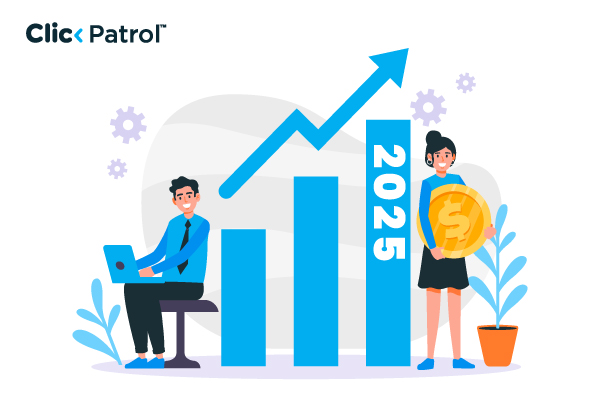
Competitive ad monitoring framework (2025): Detect click sabotage & block competitors with ClickPatrol
Abisola Tanzako | Dec 18, 2025 | ClickPatrol

Abisola Tanzako | Dec 18, 2025 | ClickPatrol

Abisola Tanzako | Dec 18, 2025 | ClickPatrol

Abisola Tanzako | Dec 18, 2025 | ClickPatrol

Abisola Tanzako | Dec 16, 2025 | ClickPatrol

Abisola Tanzako | Dec 16, 2025 | ClickPatrol

Abisola Tanzako | Dec 16, 2025 | ClickPatrol

Abisola Tanzako | Dec 10, 2025 | ClickPatrol

Abisola Tanzako | Dec 10, 2025 | ClickPatrol

Abisola Tanzako | Dec 10, 2025 | ClickPatrol

Abisola Tanzako | Dec 09, 2025 | ClickPatrol